Calcium in the human body
Hello steemians, hope we having a great week. Today on health, we’ll be discussing the third Mineral our body needs as mentioned earlier HERE and HERE
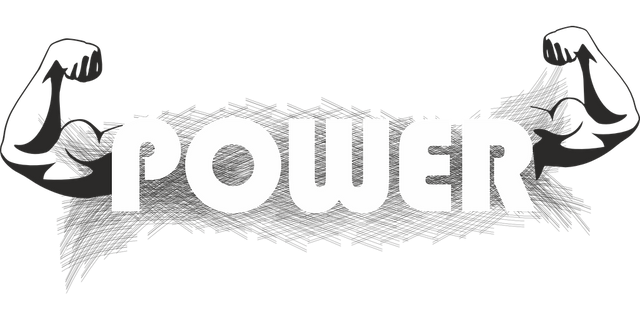
Image source
CALCIUM
Calcium, or lime, is the most abundant mineral in the body. Almost all of the calcium is found in the bone, where it provides strength and stability to the whole system. A small quantity of calcium is always carried in the blood stream, where among other things, it helps to prevent serious hemorrhages.
Calcium is also necessary for nerves and muscles. When the calcium level in the blood drops below a safe level, the nerves become extremely irritable and the muscles go into spasm. Cramping pain may then be felt in various parts of the body, particularly in the larger muscles of the legs. But nowhere is calcium more important than in the muscles of the heart. When the calcium is reduced in the blood stream, the heart quickly loses power, becomes irregular, and may even stop beating altogether. Calcium is vital to health.
Bone Diseases Involving Calcium
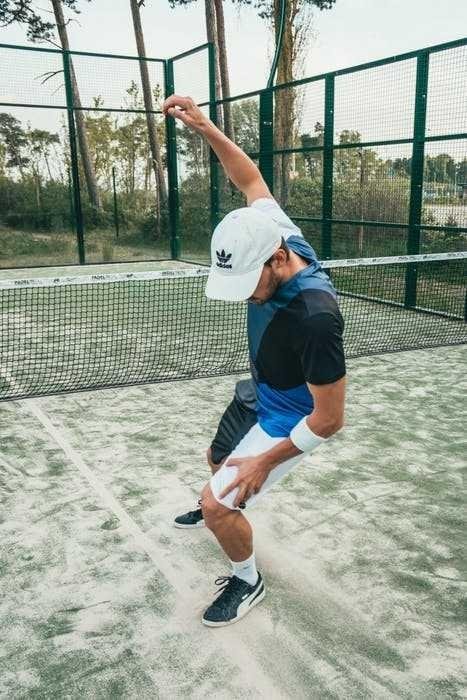
Image source: Pexels
In the bones, two minerals, calcium and phosphorus, are combined to give strength and firmness to the skeleton or bony structure of the body. Many chemical reactions of the body require both calcium and phosphorus. Hence there is a constant interchange of these minerals between the bones and the blood stream. Young mothers need extra calcium, particularly during pregnancy and the nursing period. Calcium is important for children and young people whose bones and growing rapidly.
In the body there is a close chemical relationship between calcium, phosphorus and vitamin D. A deficiency in any of these may produce a serious disturbance in the framework of the body. In children, this disease is known as Rickets. In adults it is called Osteomalacia.
Infants with rickets are restless at nights and tend to sleep poorly. The constant movement of the head on the pillow may wear off the hair. If this disease condition continues, the child’s normal development is retarded. He suffers from marked weakness in the bones, and there is considerable delay in his sitting up, crawling and working. The weight of his body may bend the bones and joints out of shape, causing some deformities as bow-legs, pigeon breast, and knock-knees.
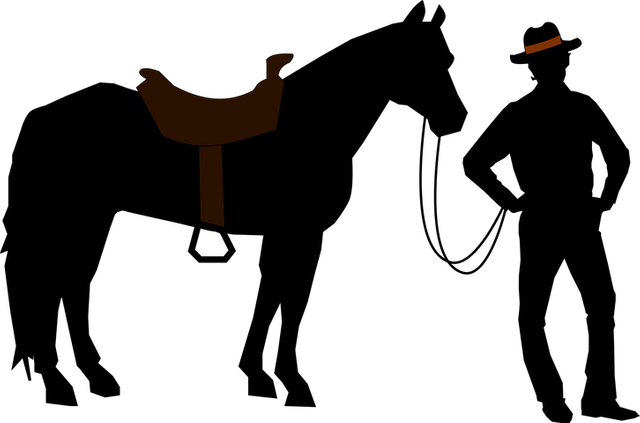
Image source: Pixabay
In adults, Osteomalacia may cause the bones of the legs and thighs to lose their normal mineral content. They become soft, and bend under the weight of the body. The pelvic bones are flattened and the pelvic outlet narrowed — a very serious problem during childbirth. The spinal bones may be shortened, so that the individual loses height and becomes dwarfed and stooped.
Both rickets and osteomalacia can be cured, or at least brought under control, by taking an adequate amount of calcium, phosphorus, and Vitamin D. But some of the deformities are likely to remain if the condition is allowed to continue over a long period of time.
Sources of calcium
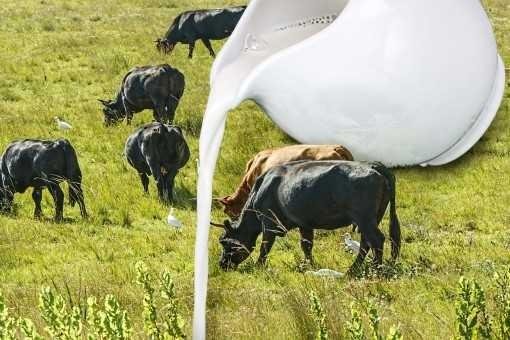
Image source
The best sources of calcium are milk, dairy products, green vegetables, peas, beans, soy-beans, eggs, lantils, potatoes, and fish. In other words, any well-balanced diet usually has sufficient calcium to meet our needs. People who are well supplied with calcium during their childhood years not only live longer but also are less likely to develop some of the more serious diseases of later life.
However, calcium cannot be absorbed unless we have an adequate supply of Vitamin D in the diet.
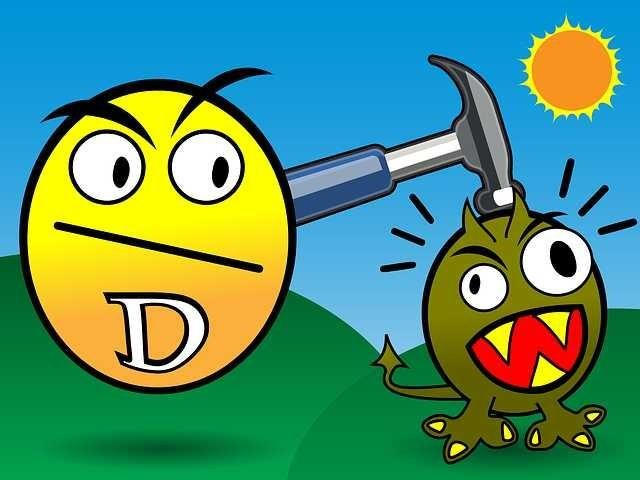
Image source
Older doctors were right in prescribing moderate amounts of fish-liver oil and similar substances for babies and young children. This is an excellent source of Vitamin D. When combined with the foods mentioned above, it will prevent serious bone deformities, such as rickets and osteomalacia. However, the individual must also have sufficient sunshine to derive the greatest benefit from Vitamin D and Calcium in his diet.
Below are references for further read:
.gif)

Join the STEEMBULLS COMMUNITY HERE
Below are references for further read:
.gif)

Join the STEEMBULLS COMMUNITY HERE
Great article.... I have also heard that raging osteoperosis can cause Calcium to leach into the Kidneys and contribute to Kidney Stones.
What are your thoughts on this?
And what are your recommended daily intakes of Calcium?
I currently take Calcium Hydroxyapetite supplementation 1gm a day.